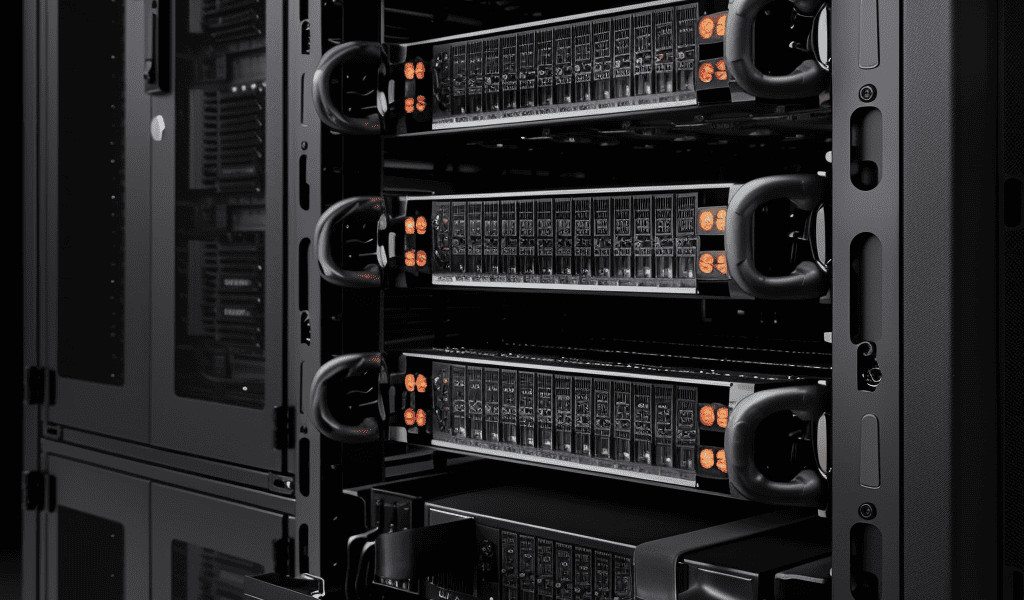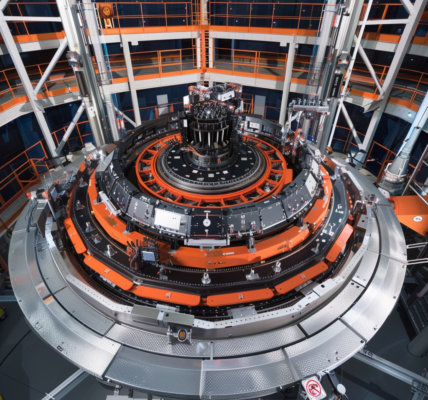On March 13, 2024, the StorageReview lab achieved a groundbreaking feat by calculating Pi to a record-setting 105 trillion digits. This remarkable accomplishment underscores the incredible capabilities of modern hardware in the realm of computational and storage technology.
The endeavor was powered by a cutting-edge 2P 128-core AMD EPYC Bergamo system equipped with 1.5TB of DRAM and nearly a petabyte of Solidigm QLC SSDs. This represents a significant milestone in the field of computation and storage, showcasing the remarkable progress in hardware capabilities.
The Challenge
During the 100 trillion digital run, the team encountered several technological limitations, particularly in storage capacity. The server platform at that time only supported 16 NVMe SSDs in the front slots, necessitating innovative solutions to overcome storage constraints. Despite ample CPU power, the computation process required extensive storage, prompting the team to explore alternative storage configurations.
To address the storage challenge, the team incorporated PCIe NVME adaptor sleds to accommodate additional SSDs and utilized an HDD storage server in RAID0 for the output. However, for the latest record-breaking calculation, the team sought to enhance the server’s storage capacity, leading to the adoption of a more enterprise-grade approach with the inclusion of a JBOF and additional NVMe SSDs.
The Hardware
The monumental task was made possible by the dual-processor AMD EPYC 9754 Bergamo system, featuring 128 cores each, renowned for their exceptional performance in high-complexity computational tasks such as AI, HPC, and Big Data Analytics. Complementing the powerful processors was 1.5TB of DRAM, ensuring rapid data processing and transfer speeds. Furthermore, the deployment of nearly a petabyte of Solidigm QLC storage provided unparalleled capacity and reliability, facilitating the extensive computation process.
Despite the challenges encountered, the team successfully completed the calculation, with a total computation time of 5,363,970.541 seconds, marking a significant milestone in the journey of pushing the boundaries of computation and storage technology.





